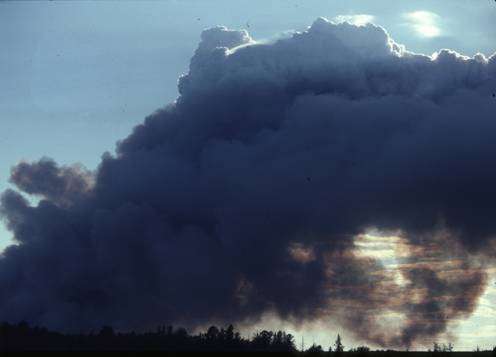Demographic changes increase the risk of natural fires

In many parts of the world, grass and forest fires pose a threat to animals and humans. According to a new study from Lund University in Sweden, while climate change is likely to cause more and larger fires, in the future, more and more people will become directly affected as a result of demographic changes.
Wolfgang Knorr at Lund University, together with colleagues from Germany and China, has studied the correlation between an increasingly warmer climate and various types of natural fires in different parts of the world. They have also studied another, and more unknown, aspect of these fires. According to Wolfgang Knorr, demographic changes will have a major impact on the spread and number of fires, and to what extent they pose a threat to humans.
"Our most important result is that demographic changes can have a greater impact than climate change, in terms of the increased risk. The biggest reason as to why more and more people will be affected in the future is the increasing number of people who live in, or on the border of, areas that are prone to fires", says Wolfgang Knorr.
The study shows that climate change will lead to an increased number of fires in natural environments in North America, southern Europe, central Asia, and main parts of South America. In Africa, the Middle East, and parts of Asia and South America, population change will lead to a decreased number of fires.
Population movement also means that in some areas there are hardly any people left. This also has effects on the number of fires and how they spread.
"When an area has no human population, there is a risk that the fires increase and are able to spread. Our study shows that climate change is intimately connected to urban and rural planning, showing that the risks can be minimised through effective planning", says Wolfgang Knorr.
The study involved gathering all available global data on natural fires that have been recorded via satellite since 1997. The data was then run through a model using different scenarios of changes in vegetation based on climate change and increased carbon dioxide emissions. The study is published in the scientific journal Nature Climate Change.
More information: Knorr, W., Arneth, A. and Jiang L (2016). Demographic controls of global future fire risk Published in Nature Climate Change, DOI: 10.1038/nclimate2999
Journal information: Nature Climate Change
Provided by Lund University



















